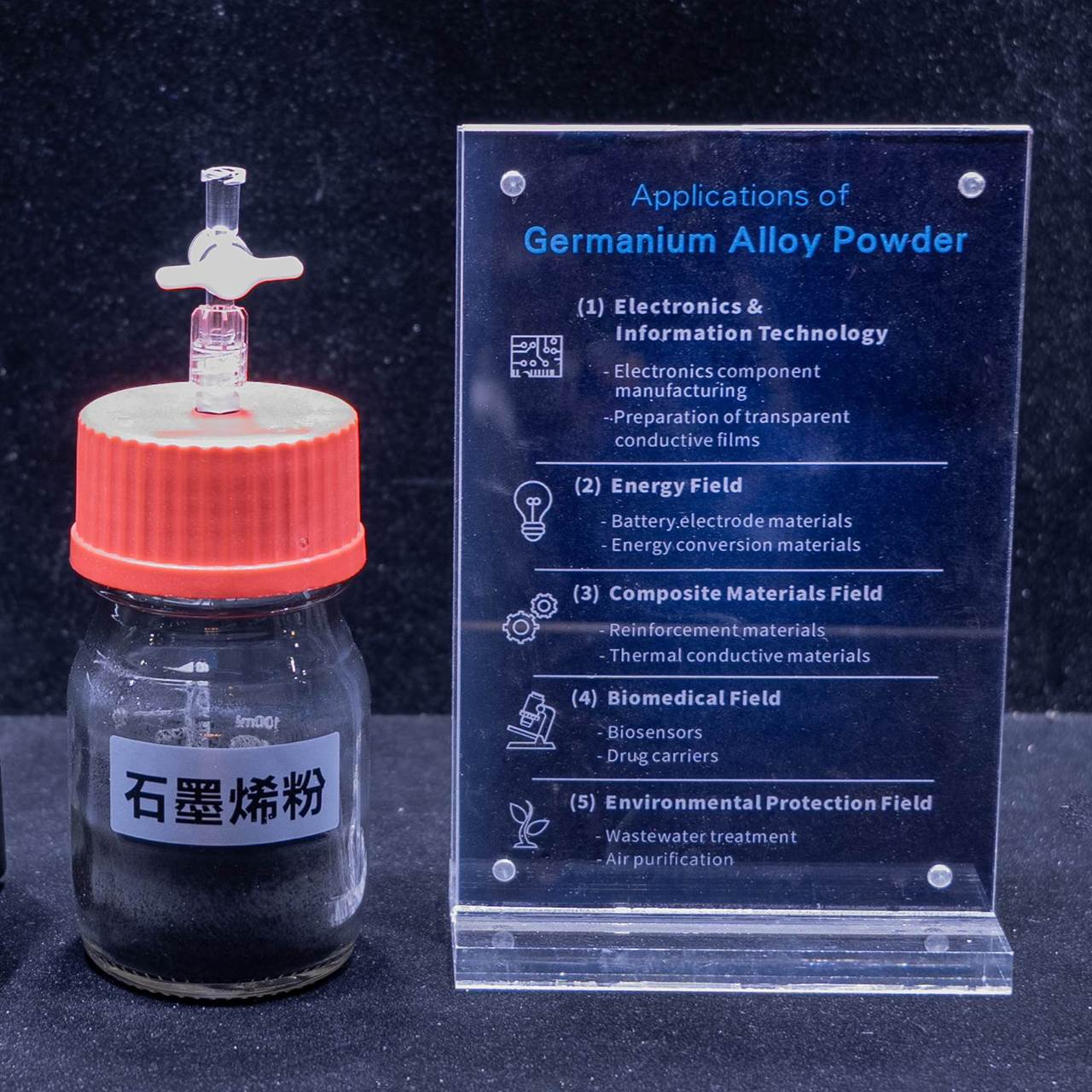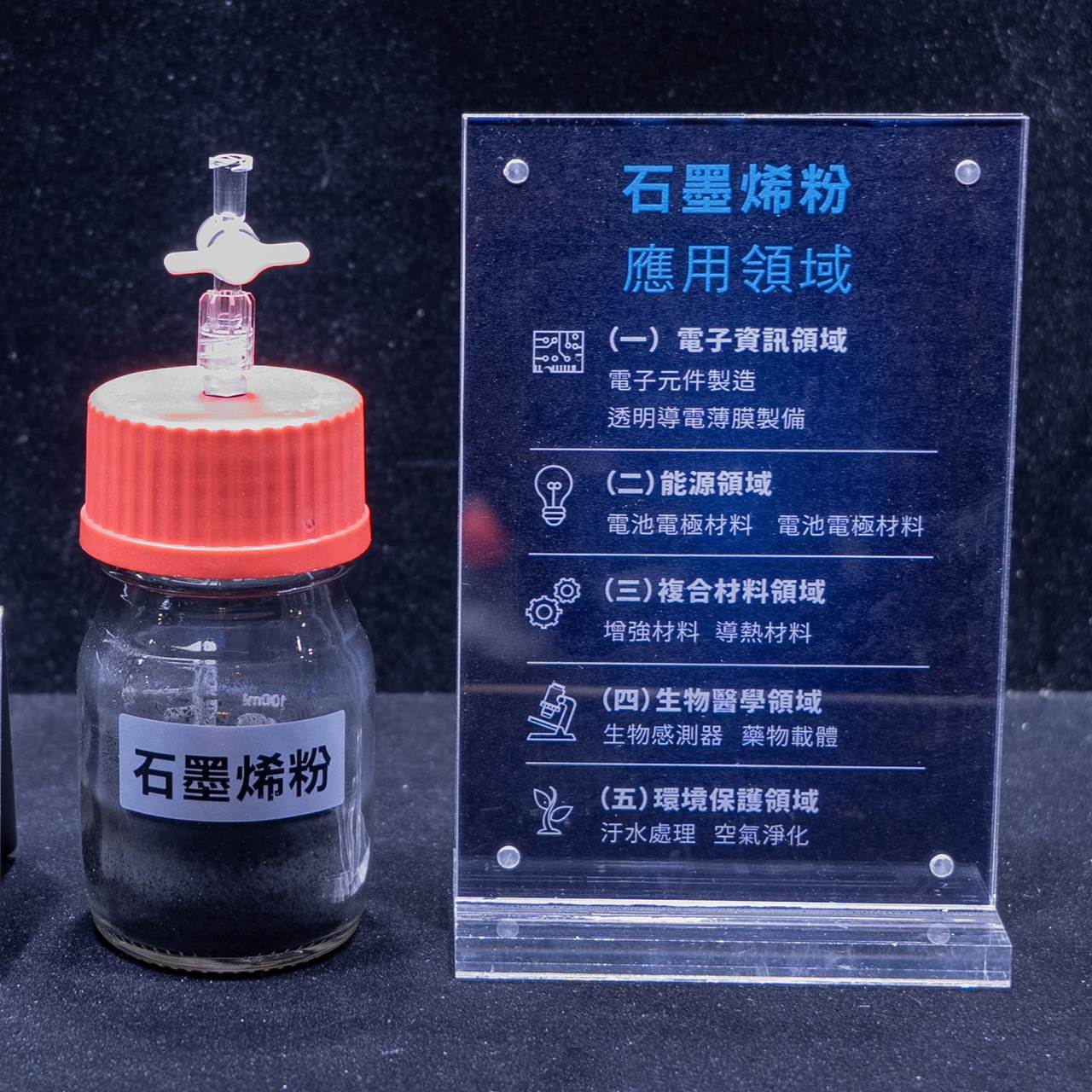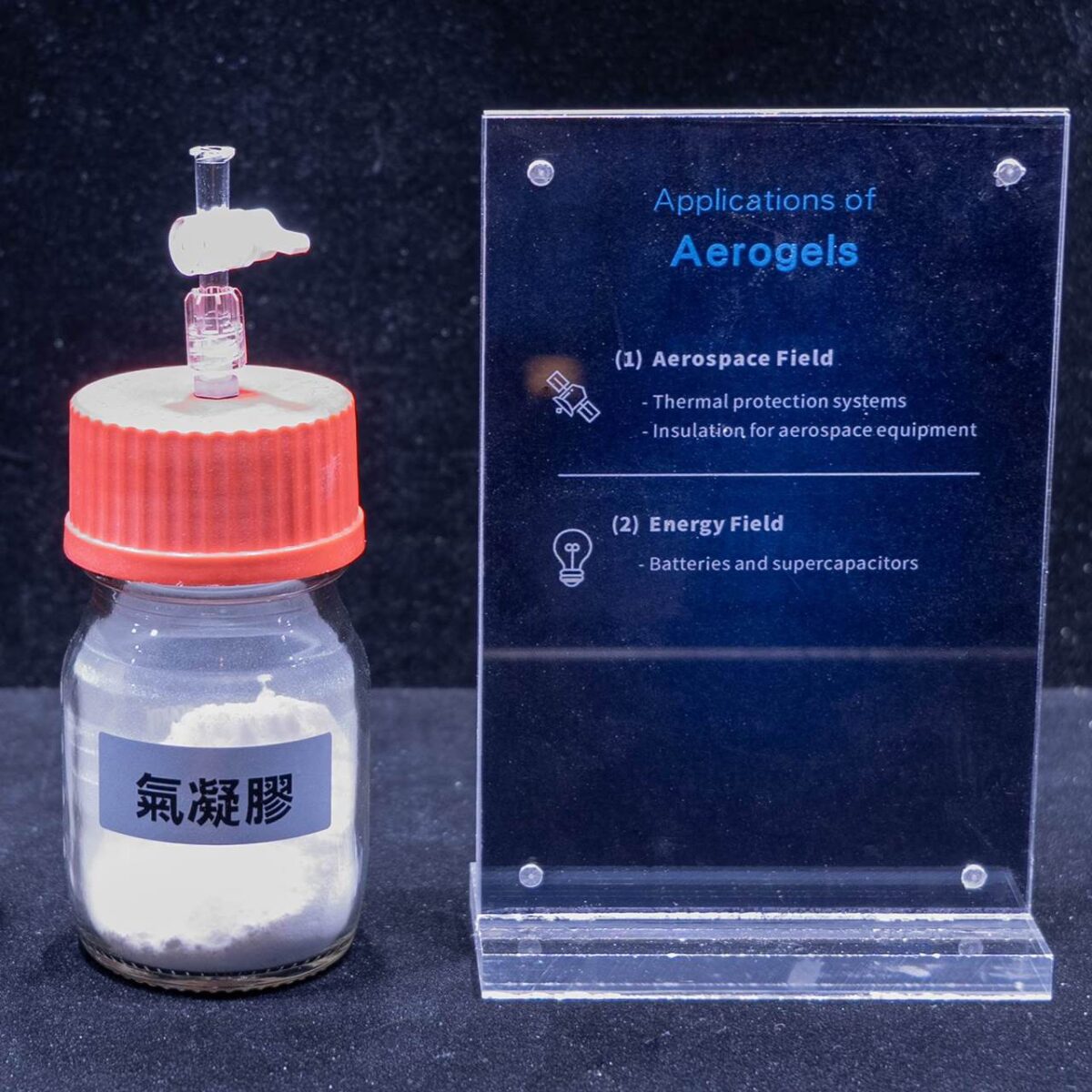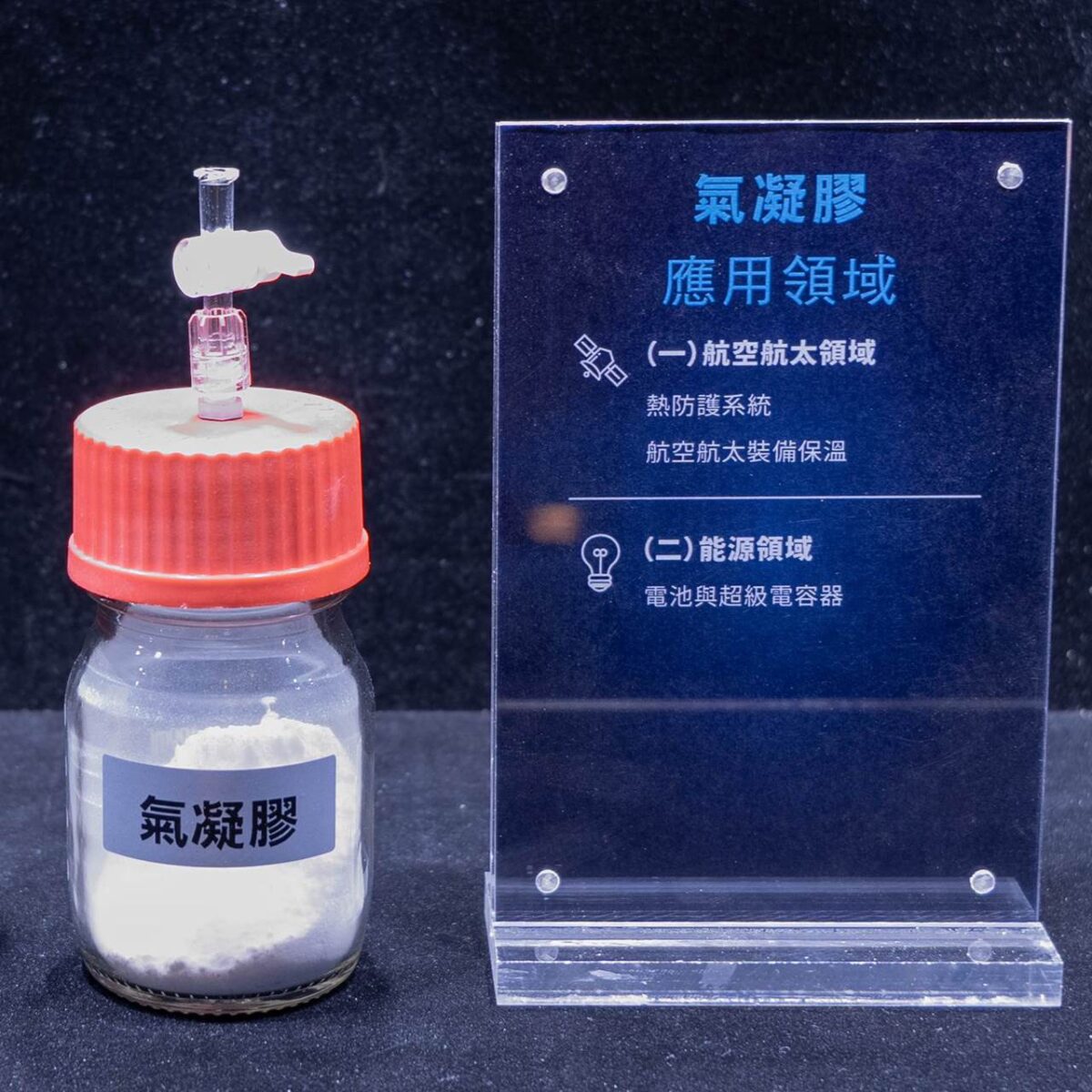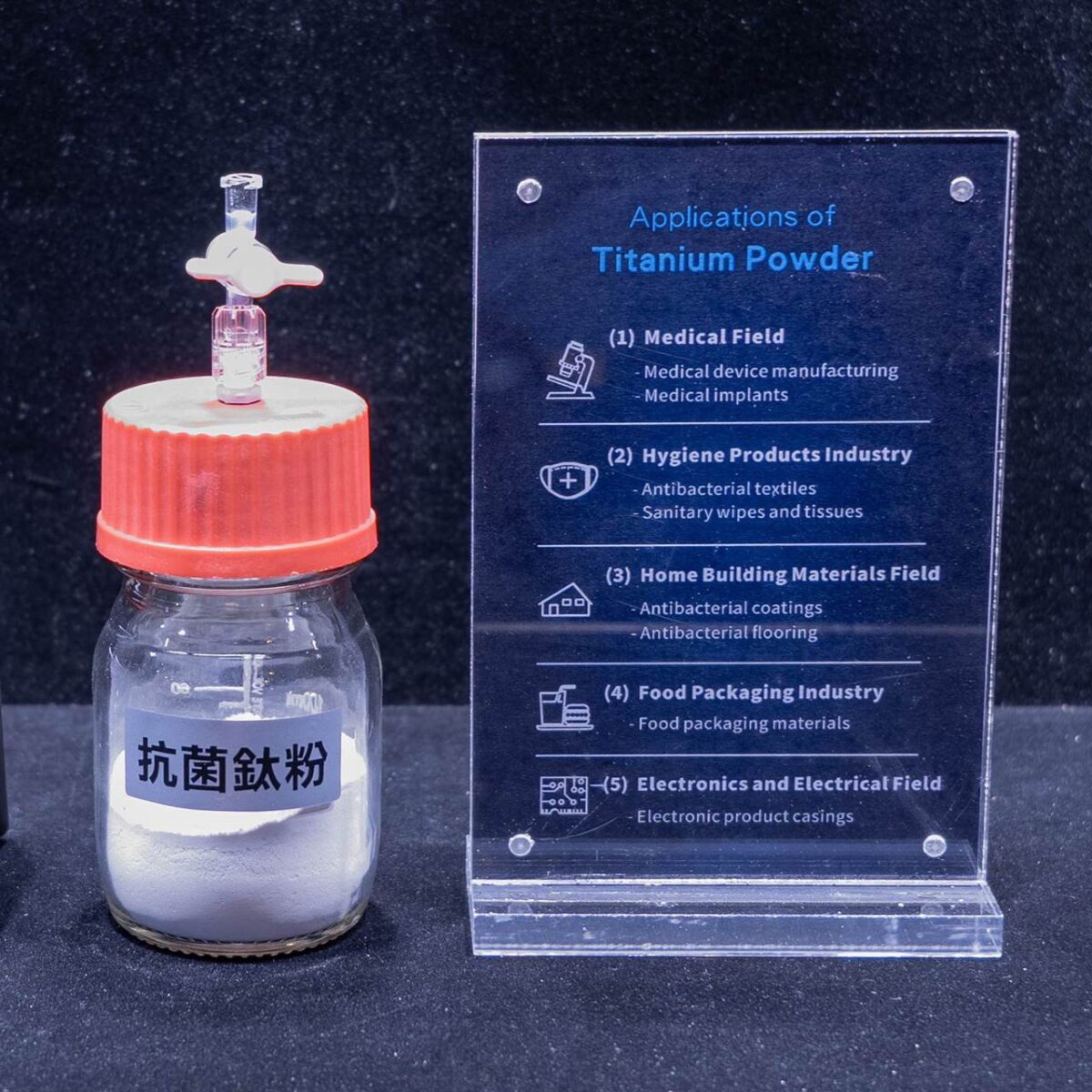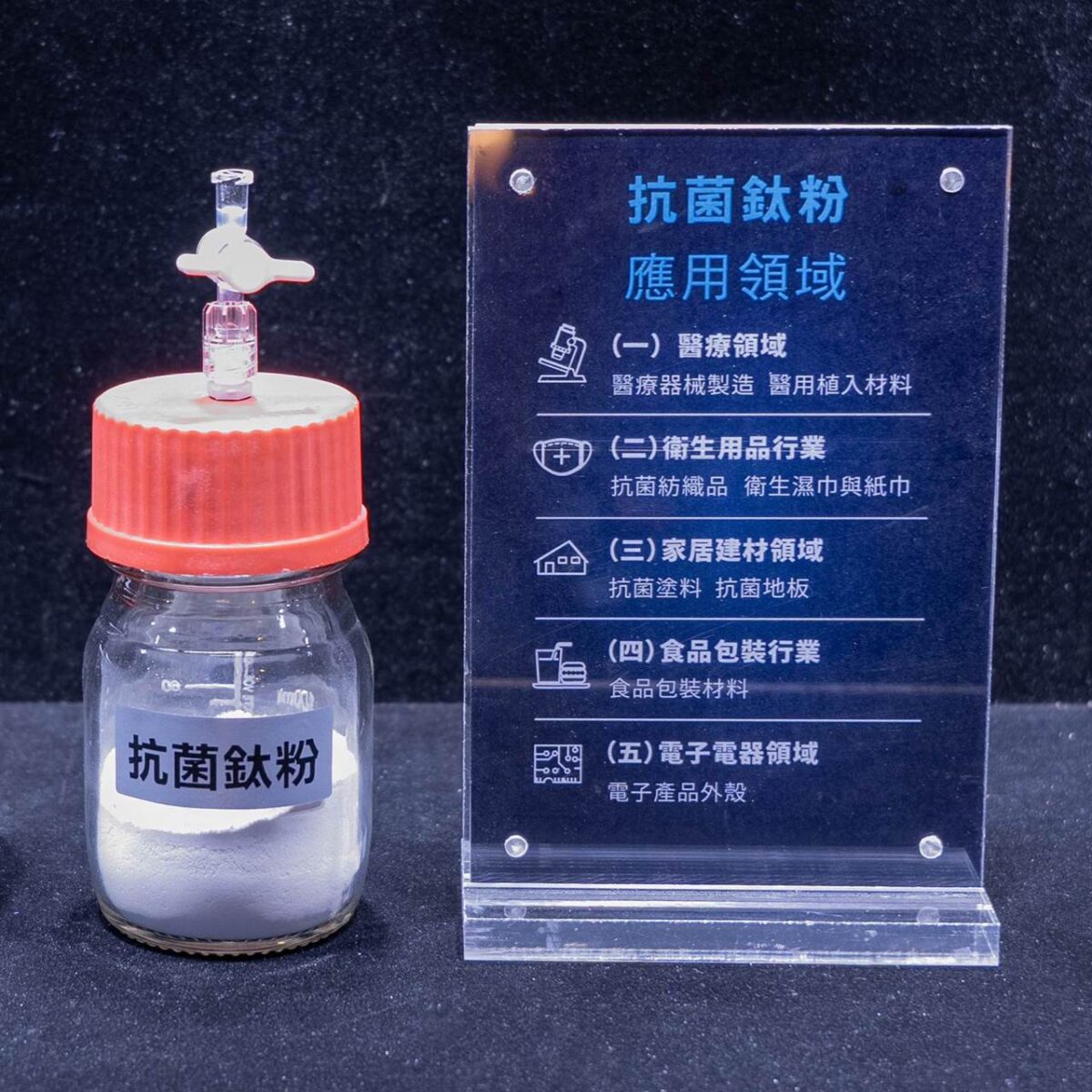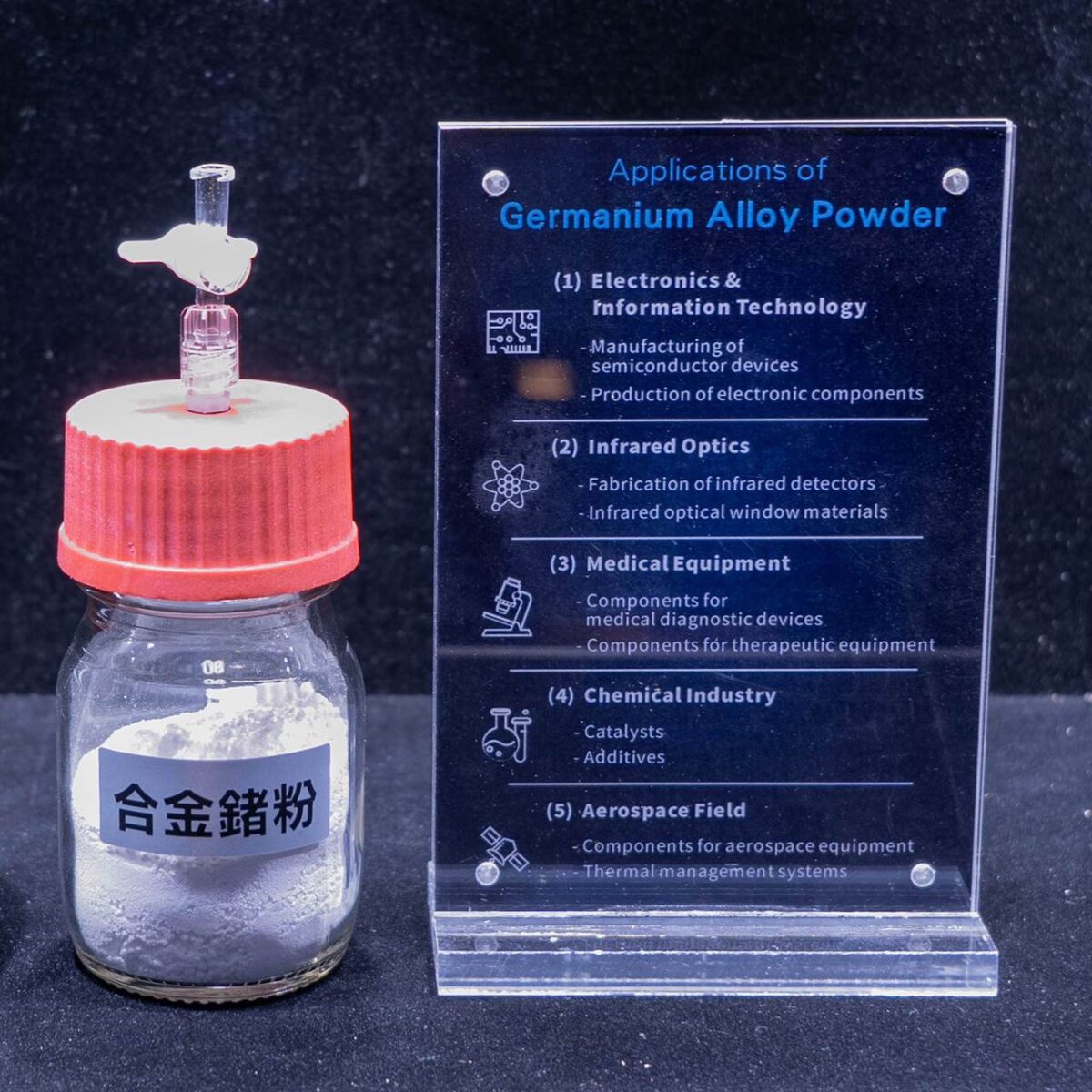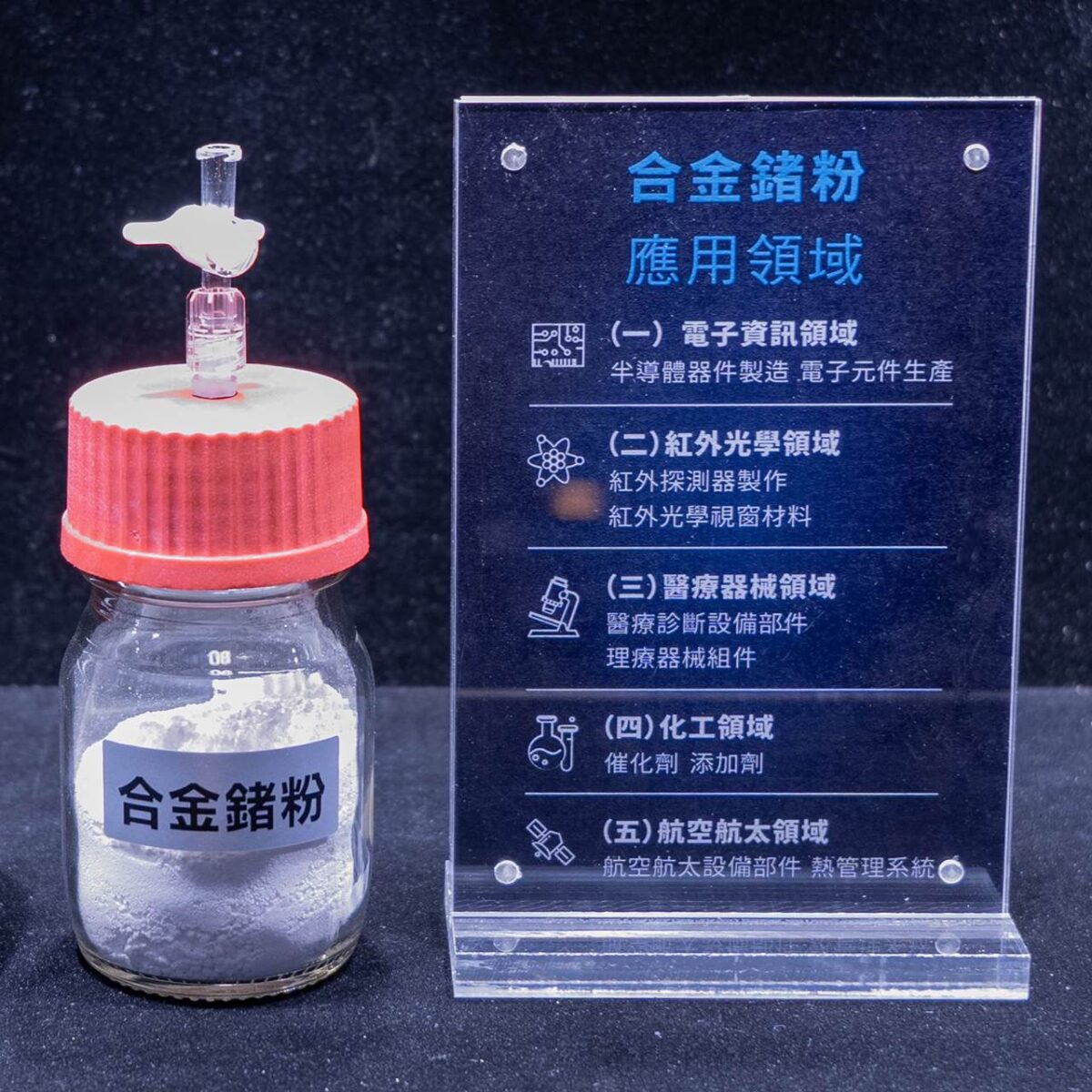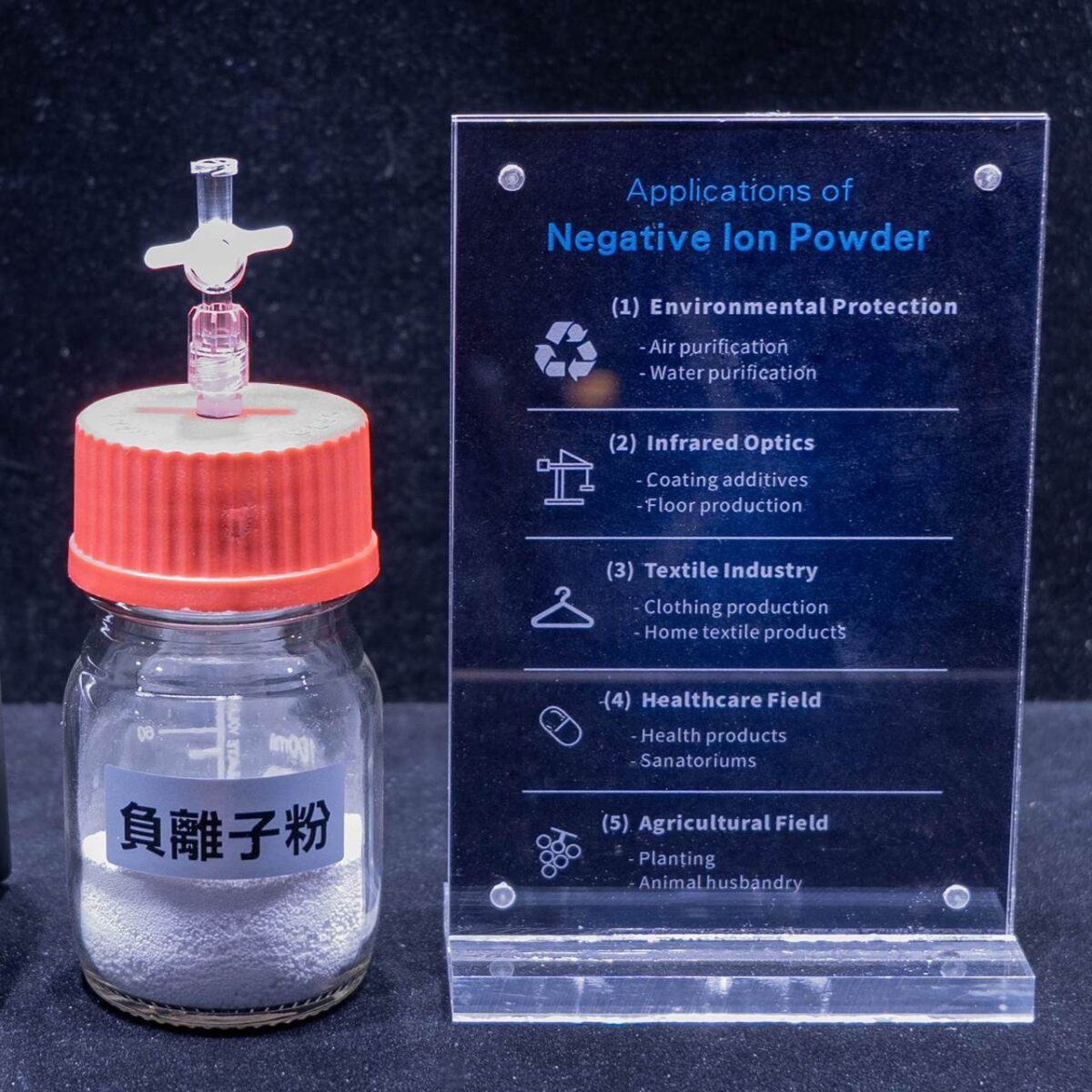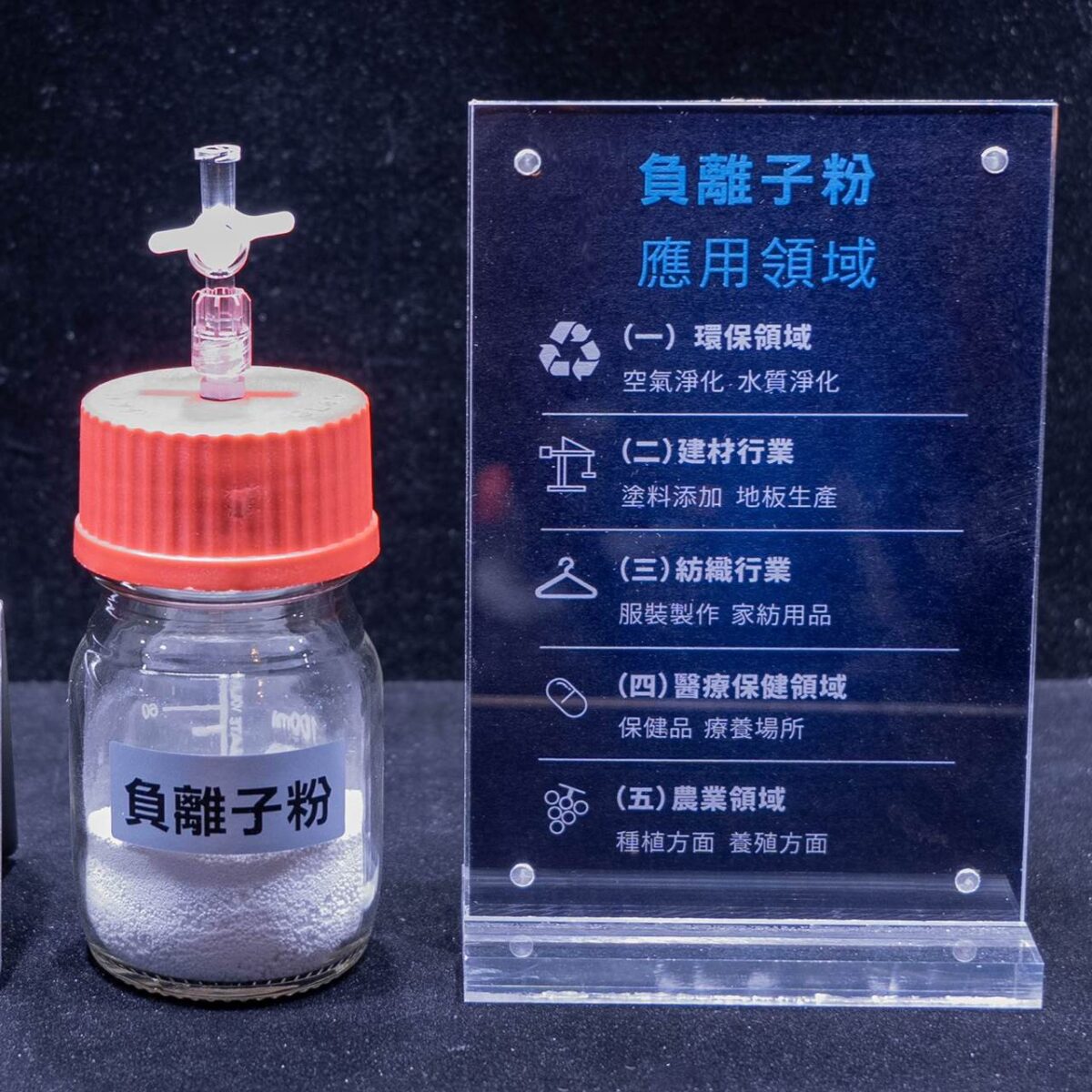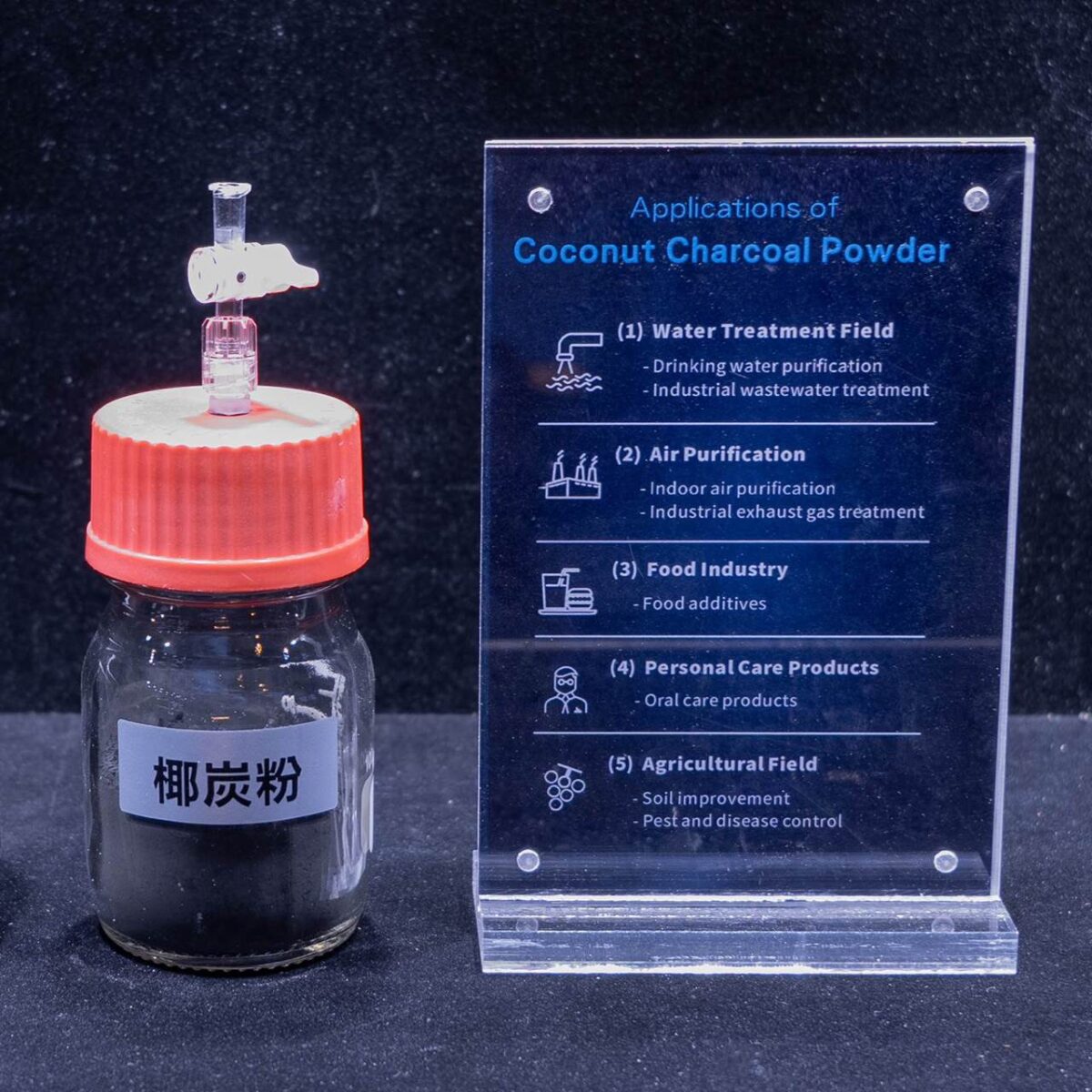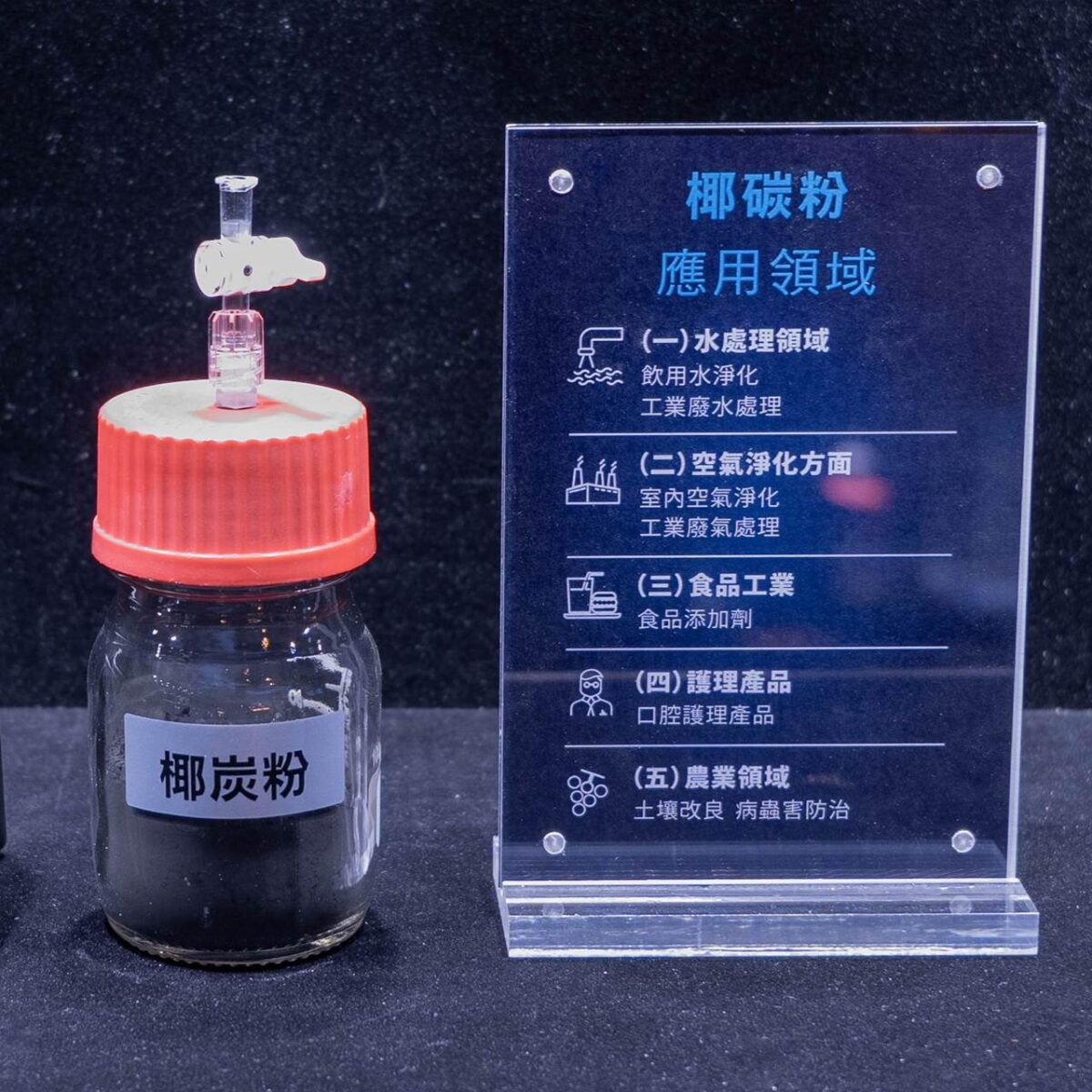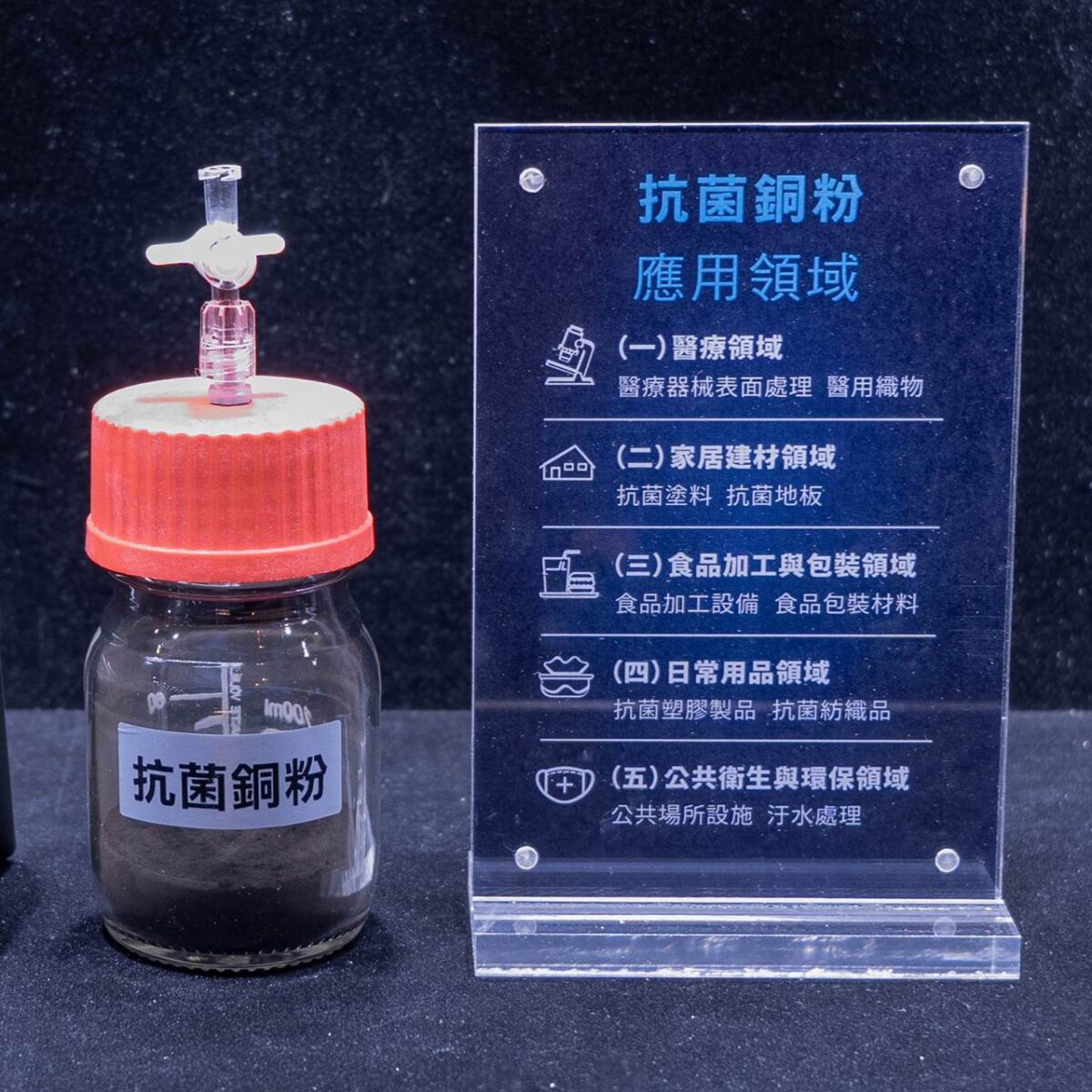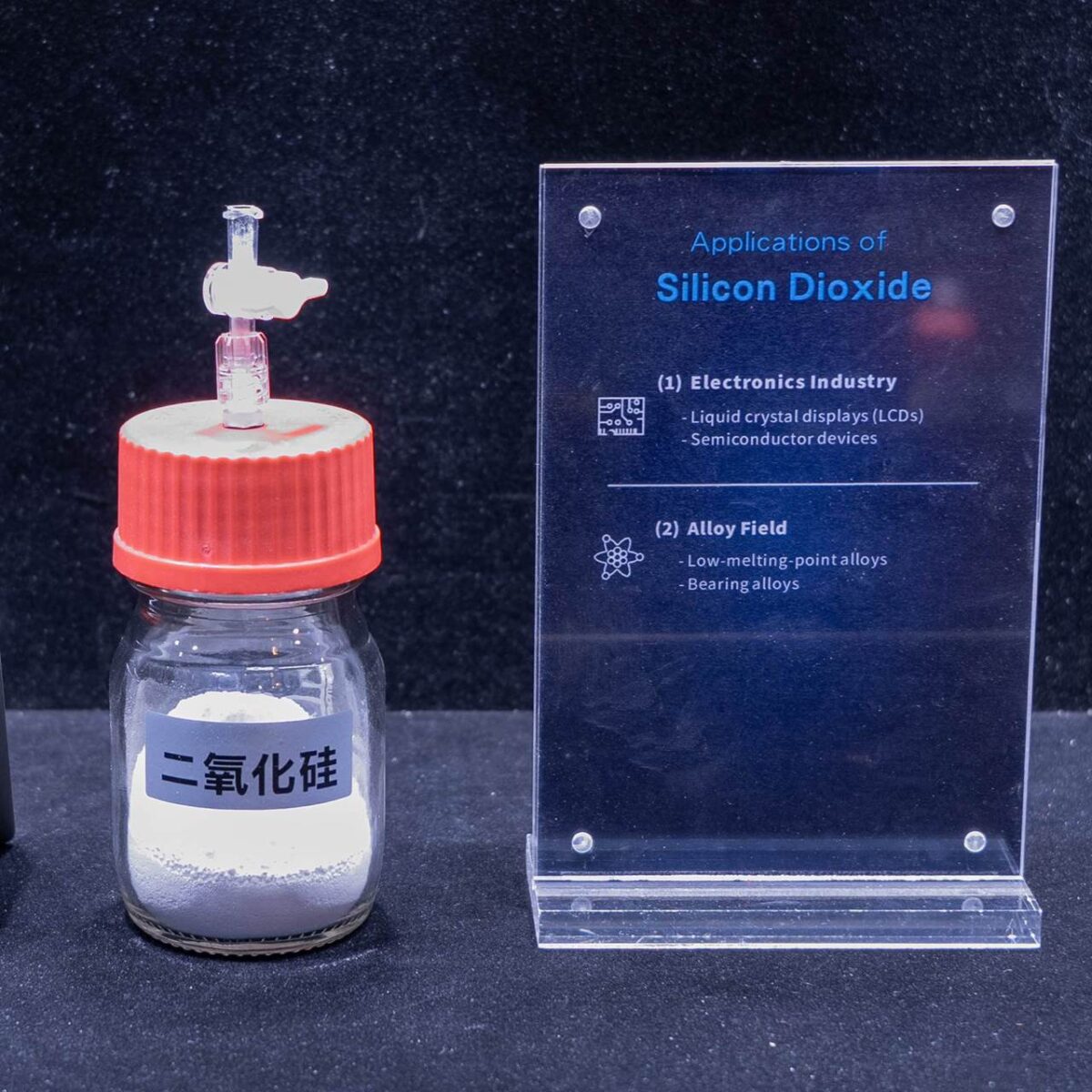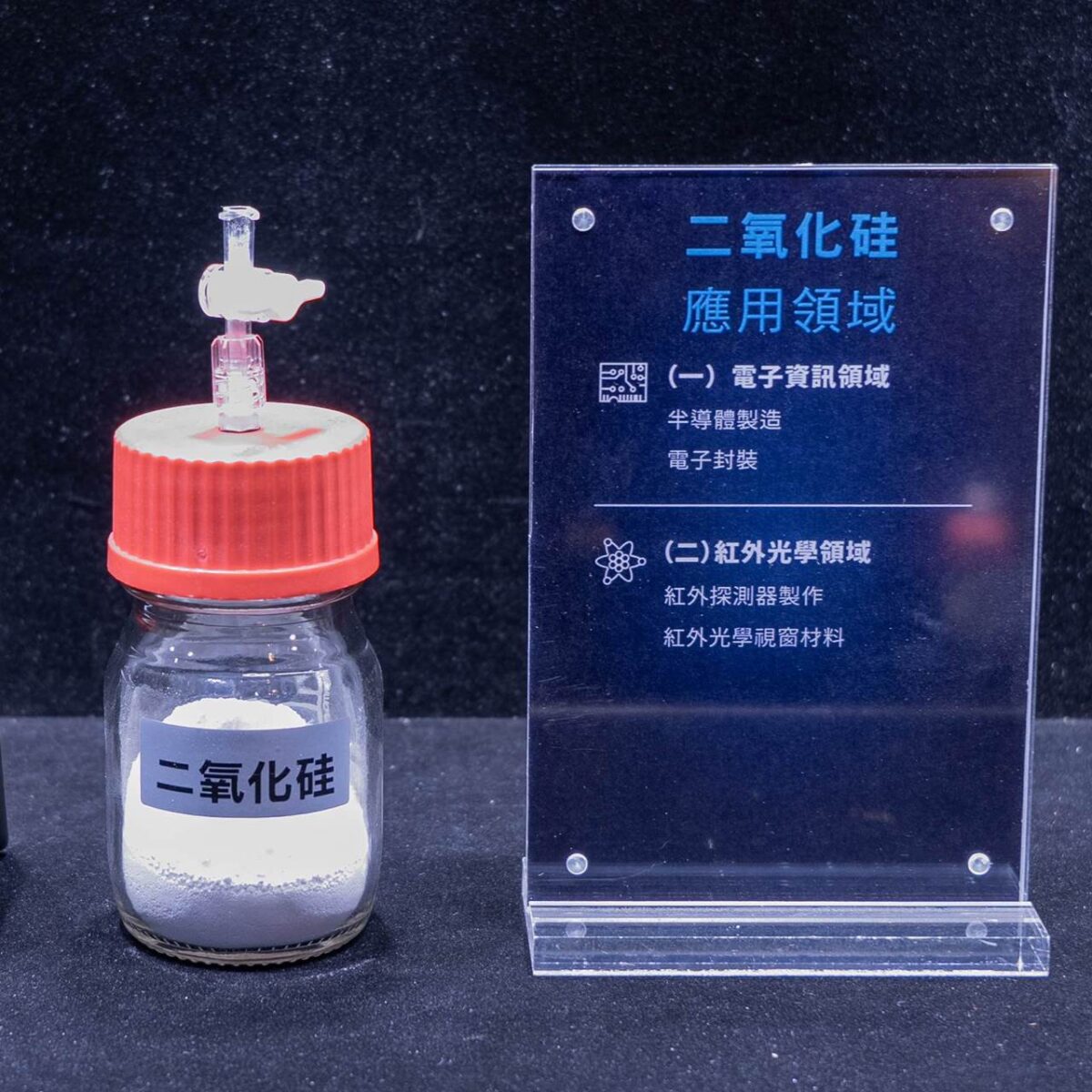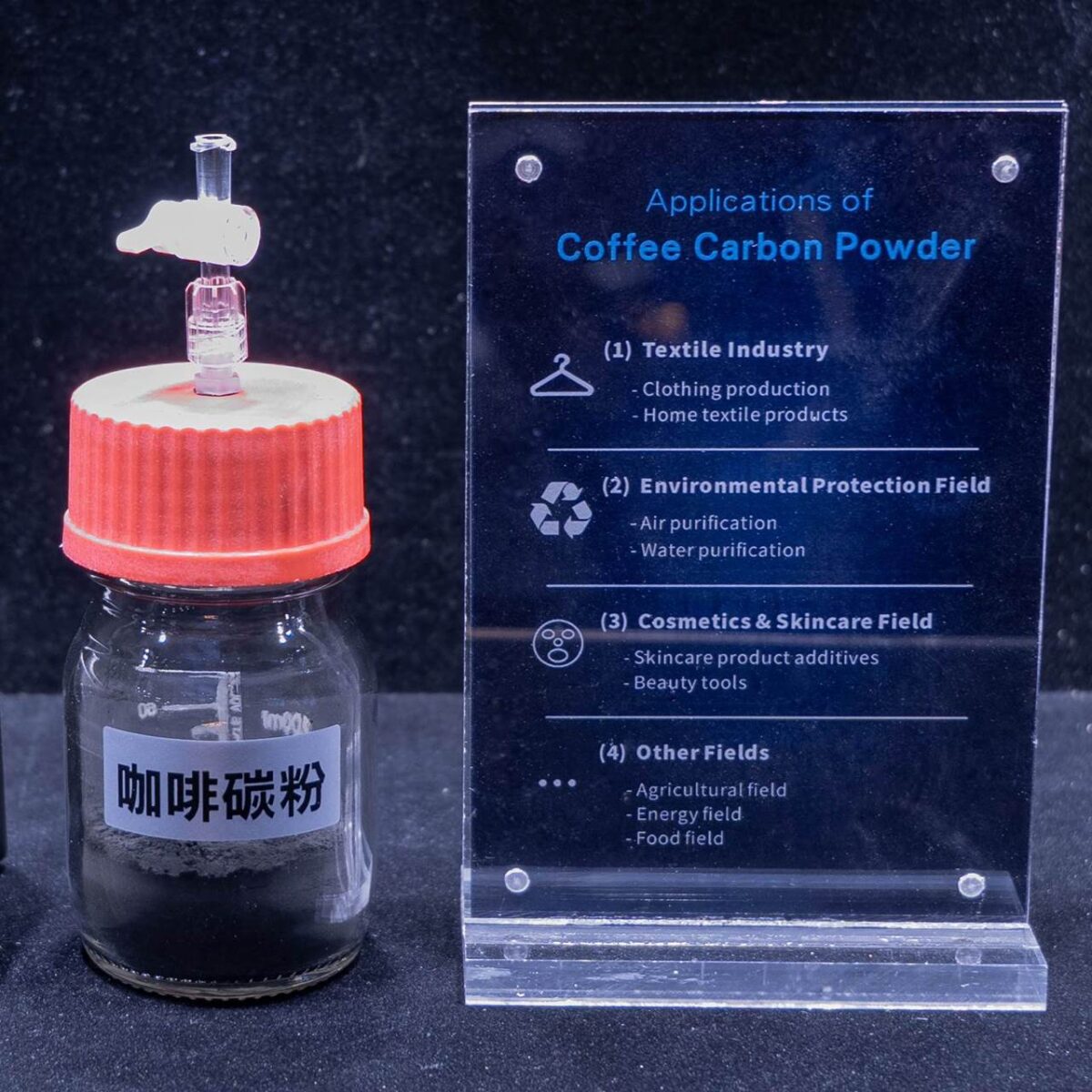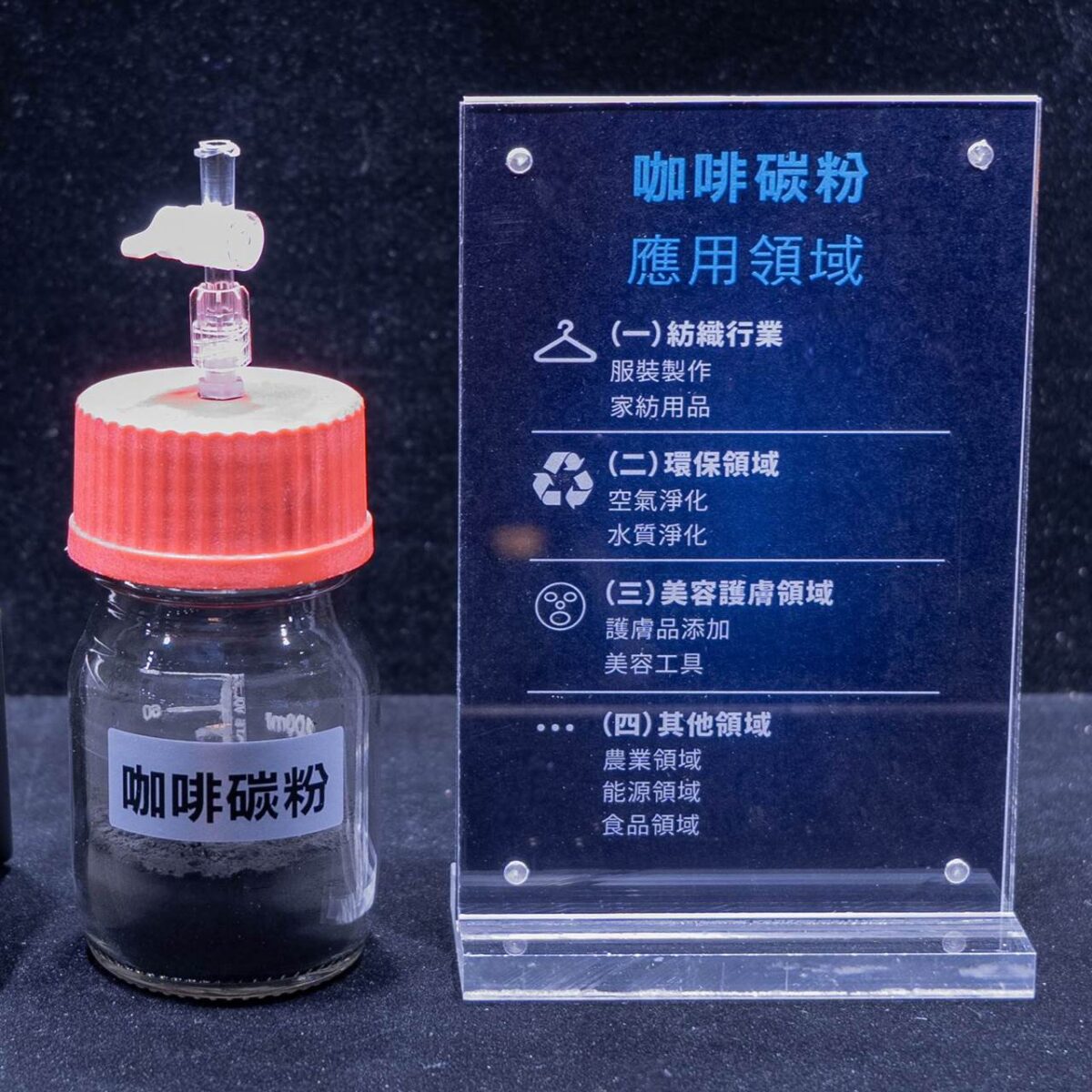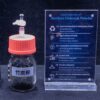Graphene Powder
Quantum Hall Effect
Under low-temperature and strong magnetic field conditions, graphene powder exhibits the quantum Hall effect. This unique physical phenomenon is of significant value in fundamental physics research and the development of new electronic devices, providing an important theoretical and experimental basis for exploring the laws of the microscopic world and developing high-performance electronic components.
Transparency and Conductivity
Graphene powder combines optical transparency with excellent electrical conductivity. This dual property makes it an ideal material for the fabrication of transparent conductive films, meeting the special requirements of applications such as touch screens and display panels, which demand both conductivity and transparency.
Electronics and Information Field
Electronic Component Manufacturing
Graphene powder can be used to manufacture electronic components such as transistors and integrated circuits. Its excellent electrical properties enhance the operating speed and reduce the energy consumption of electronic devices, thereby improving overall performance. For example, it can significantly increase the processing speed and battery life of electronic devices like smartphones and computers, playing a crucial role in advancing the electronics industry.
Transparent Conductive Film Fabrication
It is an ideal material for producing transparent conductive films used in touch screens, liquid crystal displays, and organic light-emitting diode (OLED) displays. Graphene powder ensures high conductivity while maintaining optical transparency, resulting in more responsive touch operations and clearer display quality, greatly enhancing user experience.
Energy Field
Battery Electrode Material
Graphene powder serves as an electrode material in lithium-ion batteries and supercapacitors. It improves the conductivity of electrodes and increases the attachment area for active materials, thereby enhancing battery performance. For example, it can increase the charging and discharging rates, capacity, and cycle life of batteries, which is significant for applications such as electric vehicles and portable electronic devices that demand high-performance batteries.
Energy Conversion Material
In solar cells and other energy conversion devices, graphene powder promotes the separation and transport of photogenerated carriers, improving the photoelectric conversion efficiency of solar cells. This helps convert solar energy into electricity more efficiently, promoting the utilization and development of clean energy.
Composite Materials Field
Reinforcement Material
When added to plastics, rubber, ceramics, and metals, graphene powder forms high-performance composite materials. It significantly enhances the mechanical strength of plastics, making them more durable; improves the elasticity and wear resistance of rubber; and enhances the toughness and conductivity of ceramics and metals. This expands the application range of traditional materials, such as in the manufacturing of high-performance aerospace and automotive components.
Thermal Conductive Material
Graphene powder is used to produce thermally conductive composite materials. Its excellent thermal conductivity improves the heat dissipation capabilities of these materials, making them suitable for applications such as thermal management systems and heat dissipation modules in electronic devices. This ensures that devices can operate at normal temperatures without performance degradation or damage due to overheating.
Biomedical Field
Biosensors
Graphene powder can be used to fabricate biosensors. Leveraging its specific interactions with biomolecules and excellent electrical properties, it can rapidly and sensitively detect various biomarkers in the body, such as glucose, proteins, and nucleic acids. This provides strong technical support for early disease diagnosis and monitoring, with broad prospects in clinical medicine and disease prevention.
Drug Carrier
As a drug carrier, graphene powder can load drug molecules through physical adsorption or chemical modification and release them selectively at target sites within the body. This enhances drug efficacy and reduces side effects on normal tissues, offering an effective pathway for the development of new drug delivery systems, especially for the treatment of serious diseases such as cancer.
Environmental Protection Field
Wastewater Treatment
Graphene powder can be used as an adsorbent in wastewater treatment. Its large specific surface area enables it to efficiently adsorb heavy metal ions and organic pollutants from water, purifying the water quality. It has potential applications in treating industrial and domestic wastewater, contributing to improved water quality.
Air Purification
Graphene powder can be used to produce air purification materials. It can adsorb harmful gases such as formaldehyde and benzene from the air and capture fine particulate matter, thereby purifying the air. It can be applied in indoor air purification and industrial exhaust gas treatment.

